March 14, 2025
Episode # 8 “STEM on a Dime: Engaging Hands-On Learning Without Breaking the Bank
Have you ever looked at a STEM lesson online and thought, “I’d love to do this, but I don’t have the budget for it”?
If that sounds familiar, this episode is for you.
Because today, we’re busting one of the biggest STEM myths out there—the idea that STEM requires expensive materials. I want you to walk away knowing that you can bring powerful, hands-on, inquiry-driven STEM learning into your classroom using what you already have. No budget-breaking, no stress—just highly engaging, real-world learning that gets kids excited.
The truth is, STEM isn’t about what you have—it’s about how you use what’s already around you.
So if you’re ready to ditch the idea that STEM = expensive, let’s get into it.
THE MINDSET SHIFT – STEM IS ABOUT THINKING, NOT STUFF
Have you ever spent a ton of money on a big, exciting gift for a child, only to realize they’re playing with the box more than the actual present?
I still remember the year we bought my daughter Peyton a ride-on Jeep for Christmas. I mean, this thing was amazing—it had headlights, a little radio, even seat belts. She was 4 years old at the time, and I couldn’t wait for her to see it.
Christmas morning comes, she opens it, rides it around a few times… and then?
She spent the next three weeks playing in the box.
She wanted it to be a playhouse, so we cut a door and windows. She colored all over it, inside and out. We played peek-a-boo. She turned that box into everything. Meanwhile, the Jeep? Sitting in the garage, barely touched.
And that, my friends, is the perfect metaphor for STEM.
It’s not about stuff. It’s about creativity, curiosity, and problem-solving.
Some of the most engaging STEM lessons don’t come from high-tech equipment, but from simple materials that spark discovery.
So if you’ve ever thought, “I can’t do STEM because I don’t have a fancy makerspace or robotics kits,” I want you to hear this loud and clear:
STEM isn’t about what you have. It’s about how you use it.
Sometimes, the best STEM materials are already sitting in your classroom, kitchen, or recycling bin. You don’t need expensive kits—you just need to start looking at everyday materials differently.
I was recently at the California STEAM Symposium, and one of the most fun and creative sessions I attended was all about using simple, everyday classroom materials for STEM. The presenters used the book Giraffes Can’t Dance, which I’ve linked in the show notes for you as a read-along.
After reading a portion of the book, students were given a challenge: design their own Gerald the Giraffe—and make him dance.
They could choose any song, build their giraffe out of basic materials like paper, tape, and pipe cleaners, and figure out how to make him move. Watching each group of teachers collaborate, design, and problem-solve to create dancing giraffes was STEM at its finest—so many different ideas, iterations, and creative solutions!
And the best part? No fancy tech. No expensive materials. Just imagination, simple supplies, and great problem-solving.
I even included pictures of some 1st graders’ giraffes so you can see just how creative kids can be with basic materials!
So let’s talk about some of the easiest, budget-friendly STEM materials that you already have in your classroom:
📝 Paper & Tape – Perfect for engineering towers, bridges, and parachute design challenges.
🥤 Straws & Pipe Cleaners – Great for building 3D structures, simple machines, or prototypes.
📦 Cardboard & Recyclables – Perfect for problem-solving and hands-on design challenges.
🌈 Pony Beads & Pom-Poms – Use for models, coding activities, and sorting/classification challenges.
🌱 Dry Beans – Great for plant life cycle models and simple counting/data activities.
🏗️ Cups, String & Rubber Bands – Ideal for team-building challenges like pulley systems and cup stacking.
Instead of thinking “What supplies do I need?”, start asking “What could students build, design, or test with what I already have?”
You’ll be amazed at how resourceful students become when given the freedom to experiment and create.
Alright, let’s get to the good stuff—hands-on STEM challenges that don’t cost a thing but bring huge engagement into your classroom.
Let’s start with a classic engineering challenge that’s perfect for setting the tone in your classroom. Imagine this—it’s the first week of school. Instead of handing out a syllabus or diving into rules, you hand your students a stack of paper and some tape and say, “Build the tallest free-standing tower that can hold an object at the top.” Suddenly, they’re collaborating, problem-solving, and testing ideas—all while having fun.
This Paper Tower Challenge is one of my favorite icebreakers because it immediately sets the expectation that in this classroom, we think, we experiment, and we learn by doing. Plus, it’s a great way to observe how students approach challenges—who jumps in right away, who strategizes first, and who takes on leadership roles.
Now, if you’re teaching forces and motion—especially in 4th grade—this next challenge is a must-try.
The Rubber Band Car Race is one of those lessons where kids think they’re just having fun, but in reality, they’re deeply engaged in engineering and physics concepts. Students design their own rubber-band-powered car using simple materials like cardboard, straws, and tape. Then, once they’ve built their cars, they race them! And let me tell you—if you can turn this into a competition, engagement will triple instantly.
I’ve seen students go back to the drawing board again and again—adjusting the number of rubber bands, tweaking their designs, and experimenting with how different materials affect motion. This is STEM at its best—hands-on, student-driven, and 100% engaging.
Now, let’s shift to some science-based challenges that bring real-world phenomena into the classroom.
Have you ever seen students completely invested in designing something to survive the elements? That’s exactly what happens when you give them the Weather-Resistant Shelter Challenge.
Students are given a mix of recyclables—foil, paper towels, tape, and whatever else you have on hand—and their task is to design a shelter that can withstand wind and rain. You can simulate rain using a spray bottle and wind with a fan.
What I love about this activity is that students really start thinking like engineers—considering structure, materials, and function. What happens when water hits their shelter? What about when the wind blows? Their problem-solving skills kick in, and you’ll see them testing, adjusting, and improving their designs.
📸 I’ll be sharing photos of kindergarten and 3rd grade students working on this challenge, so be sure to check those out!
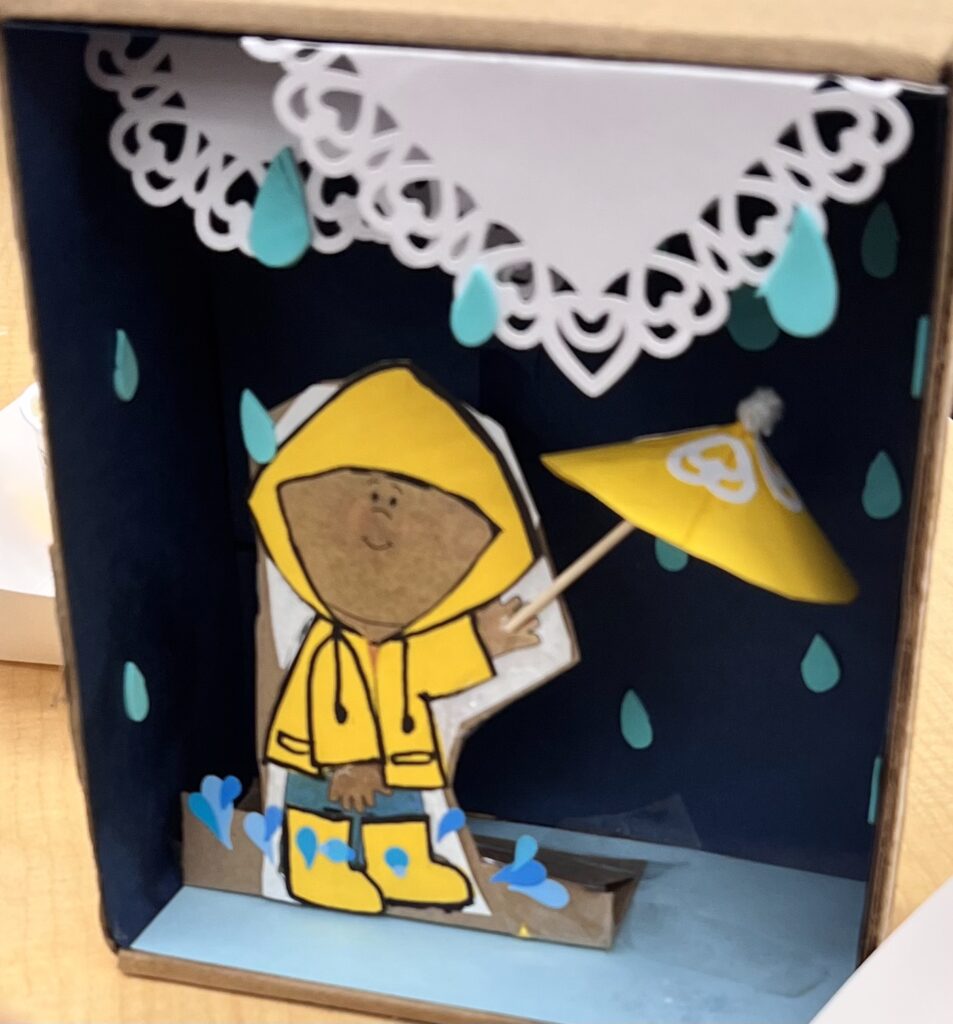
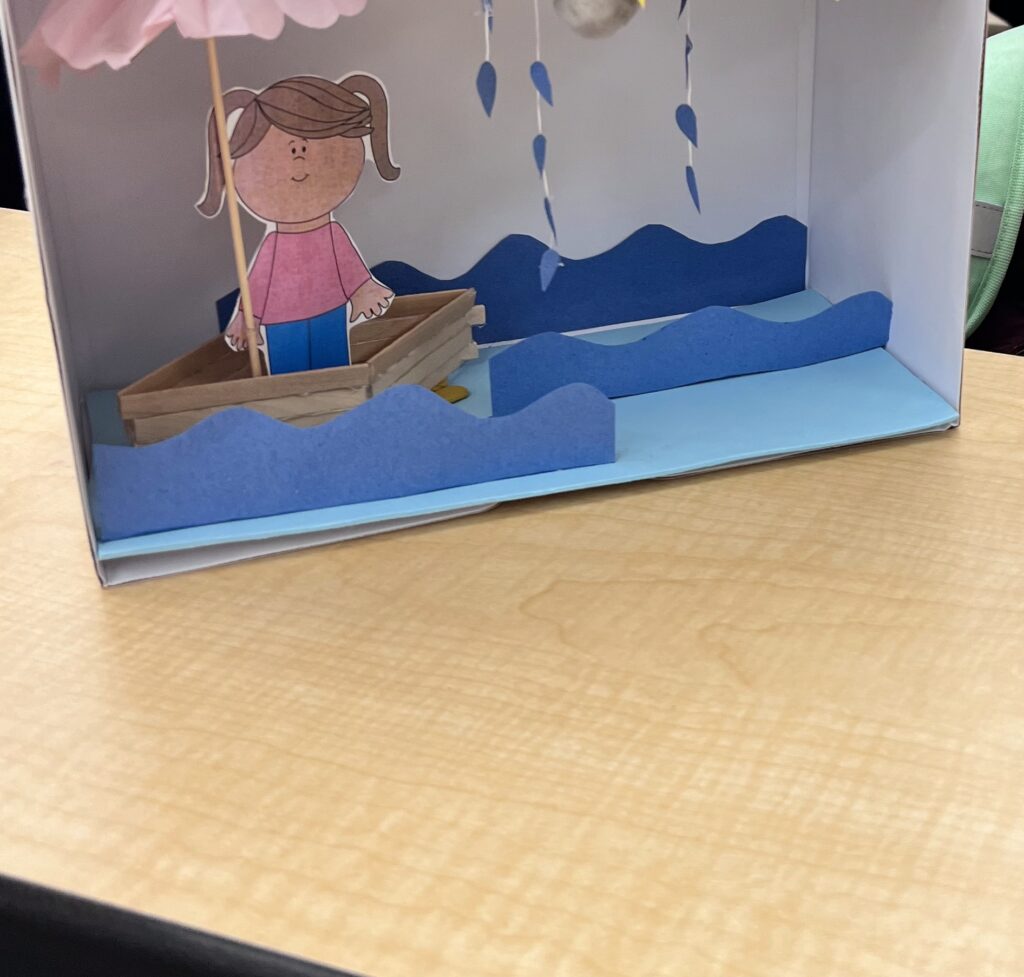
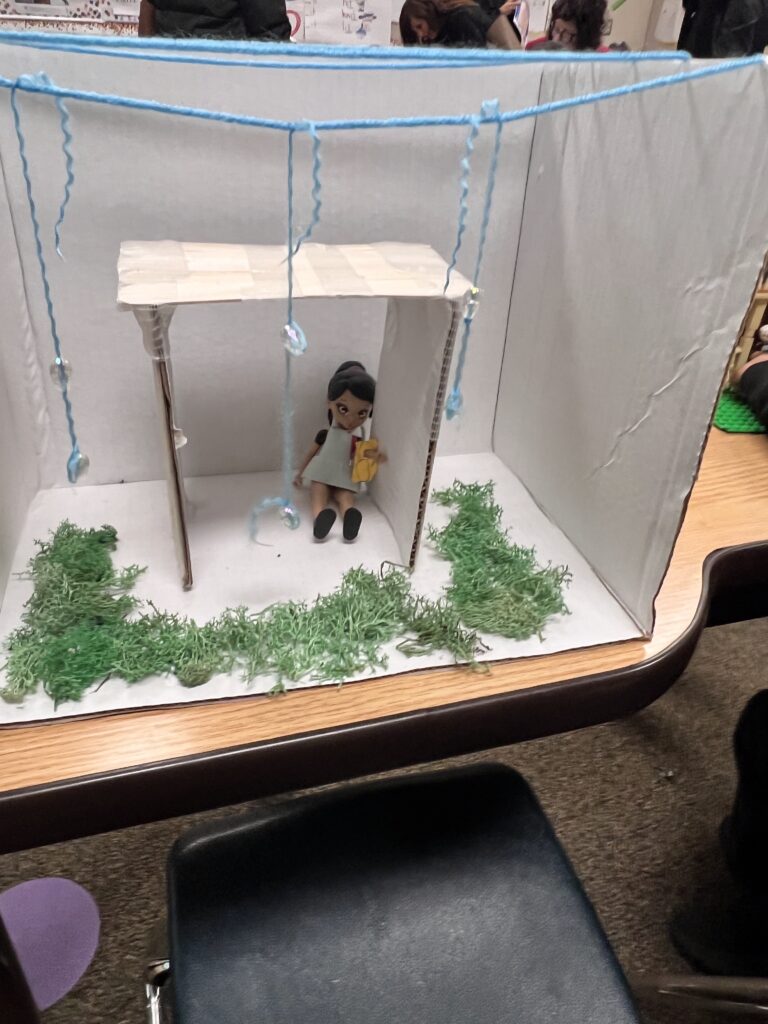
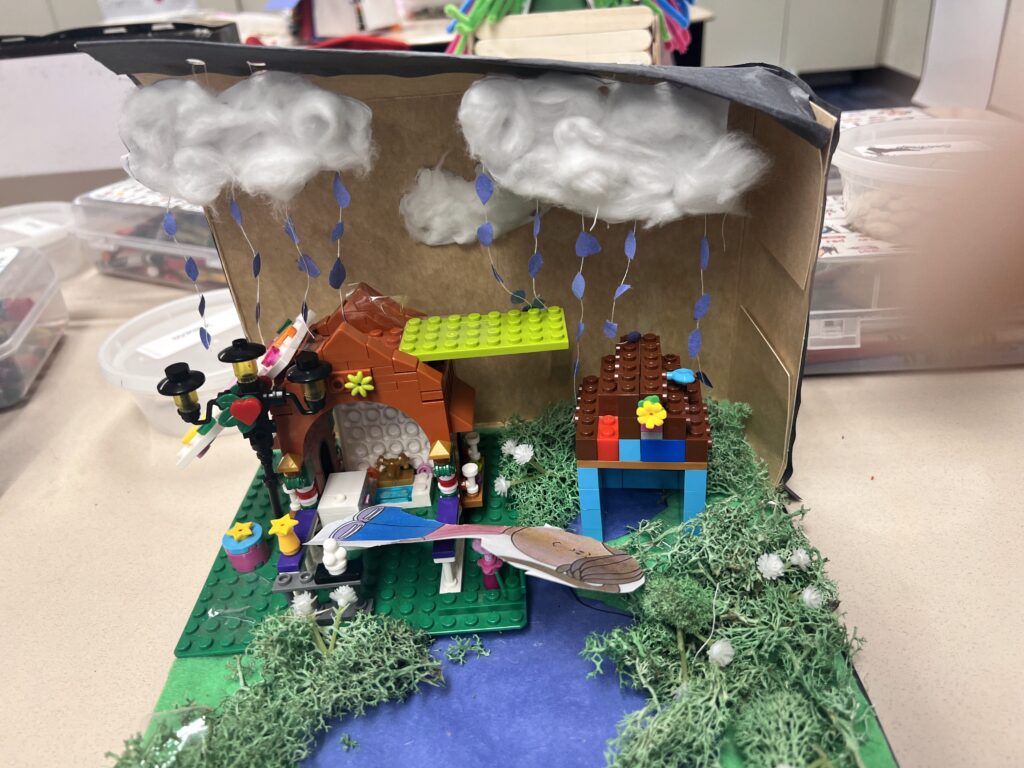
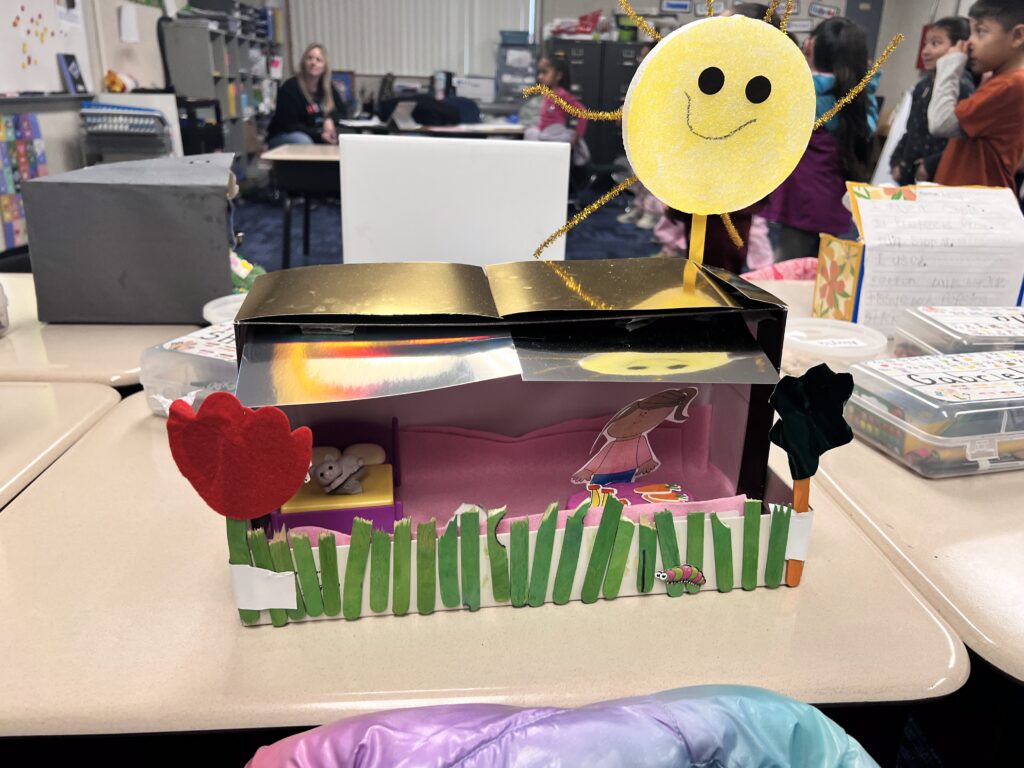
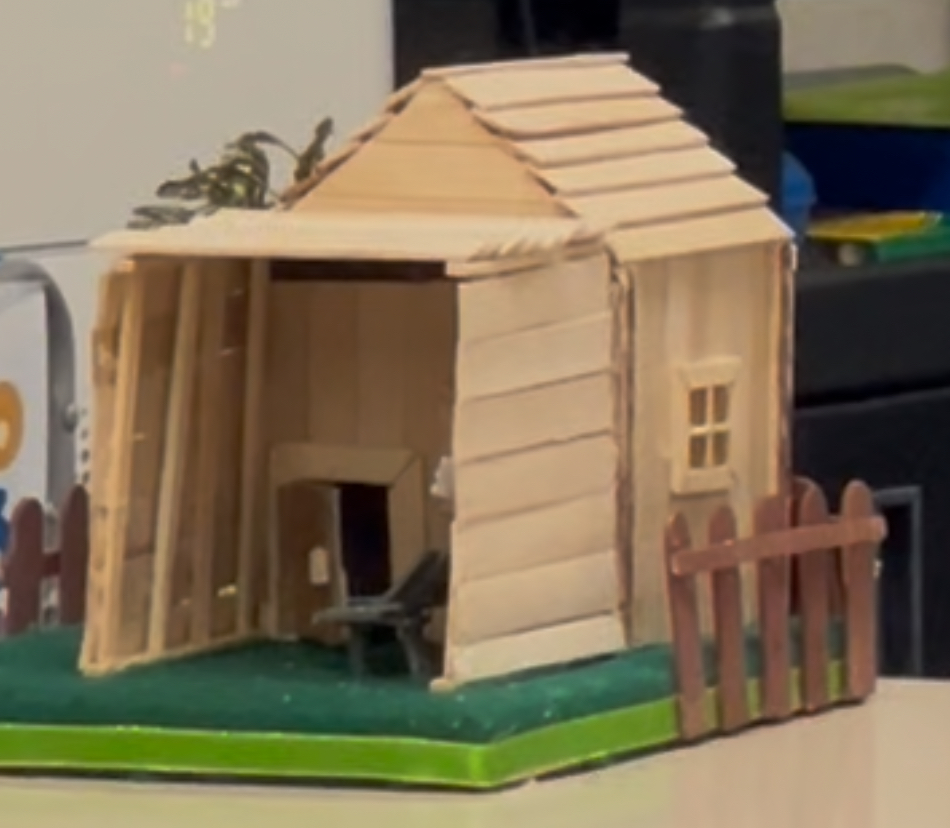
And finally, one of the most creative, hands-on science challenges—the Animal Adaptation Model.
Instead of just reading about animal adaptations, students actually design a new adaptation for an animal that doesn’t already have it. They can use playdough, pipe cleaners, pony beads, dry beans—whatever you have on hand.
The key is that they don’t just create any adaptation—they have to explain how it helps the animal survive. Why would a giraffe need webbed feet? What if a polar bear had longer claws for better grip on ice? Students justify their choices, defend their reasoning, and get creative with science.
📸 And you’ll get to see examples from 1st and 4th graders who took on this challenge with incredible creativity!
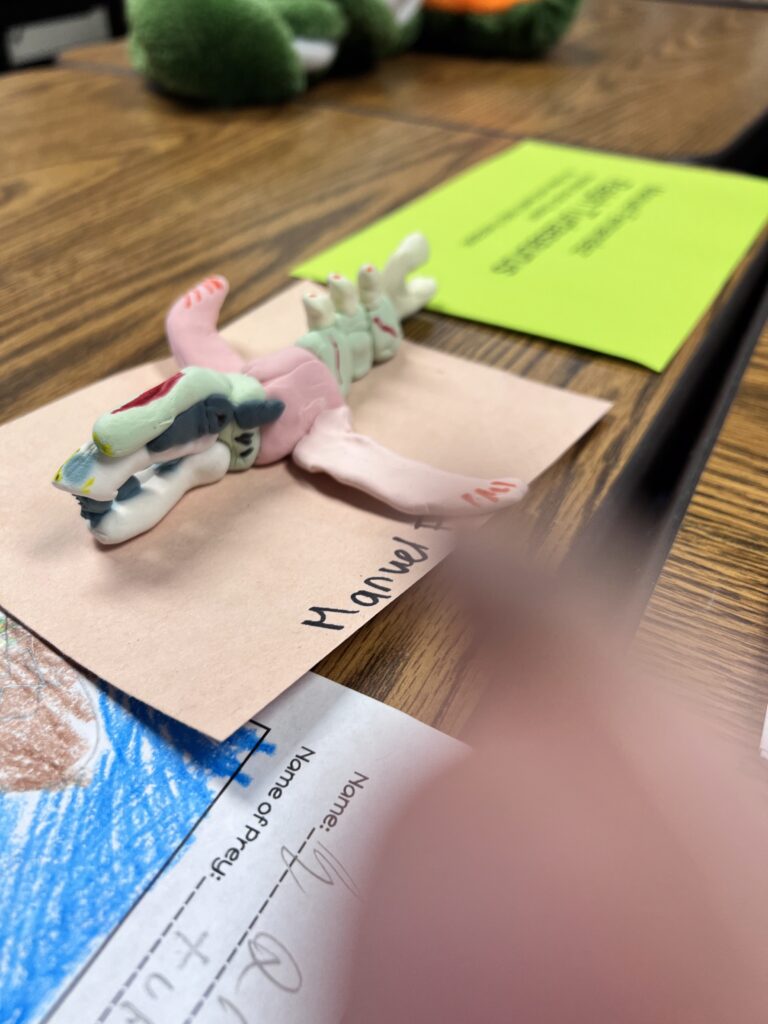
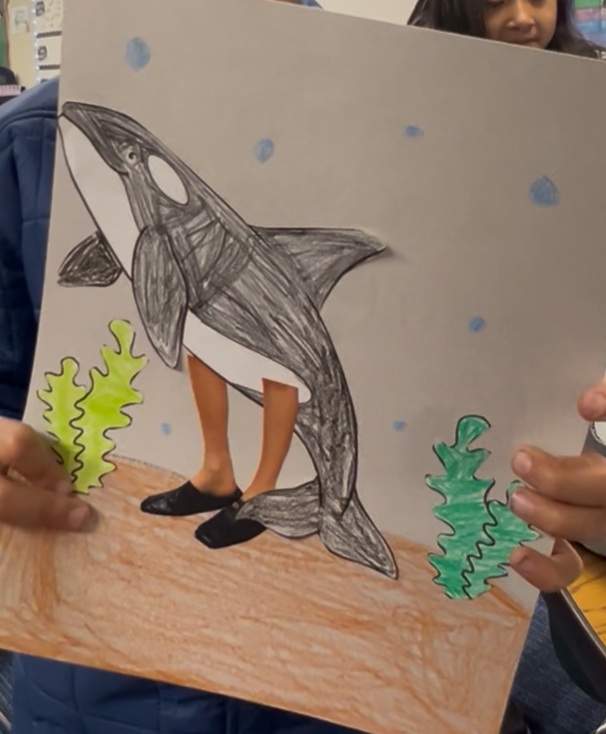
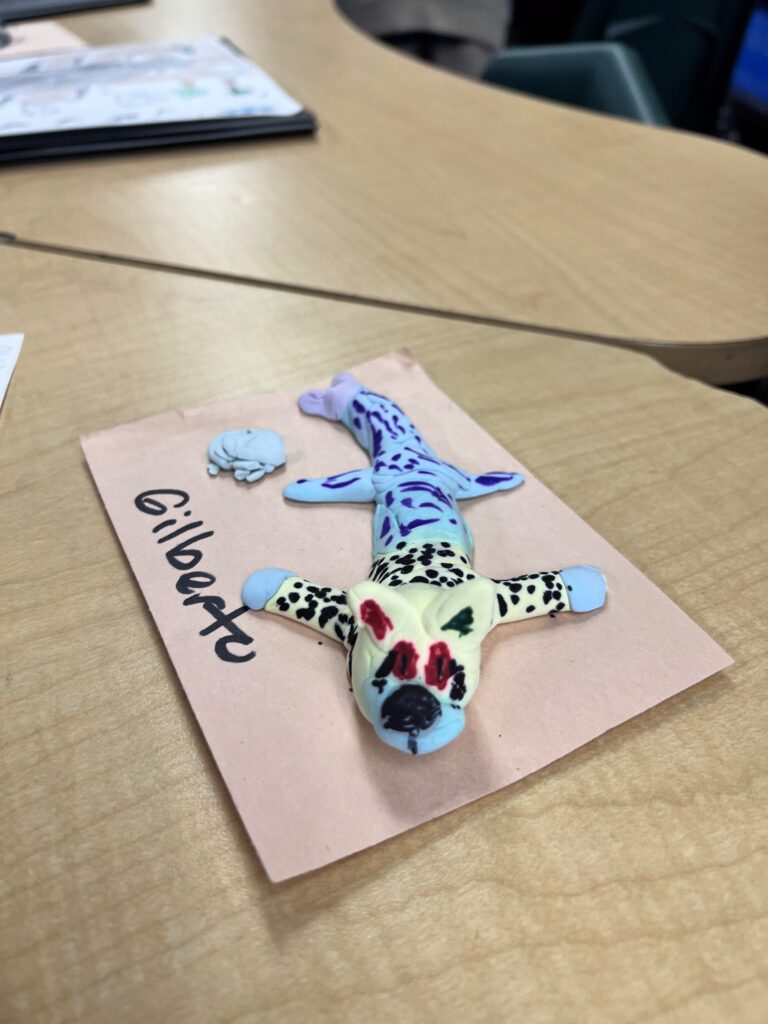
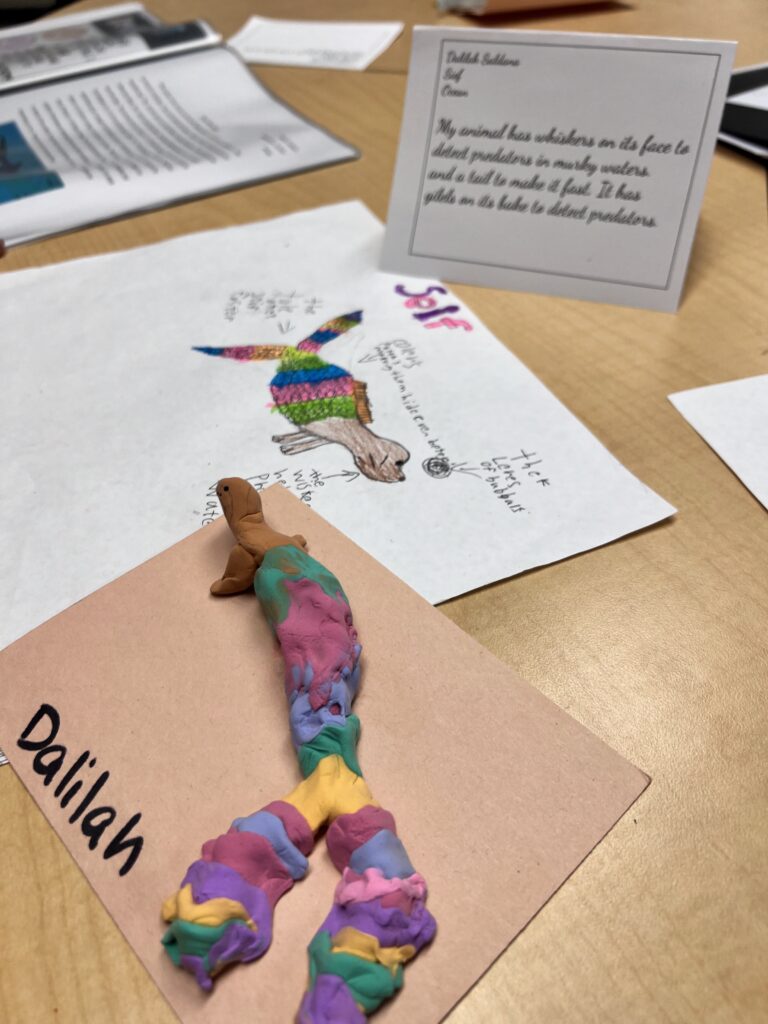
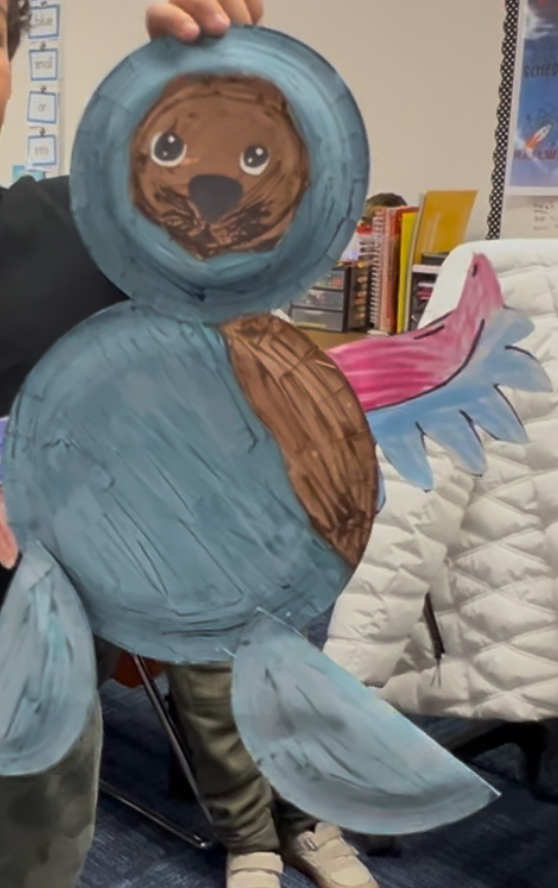
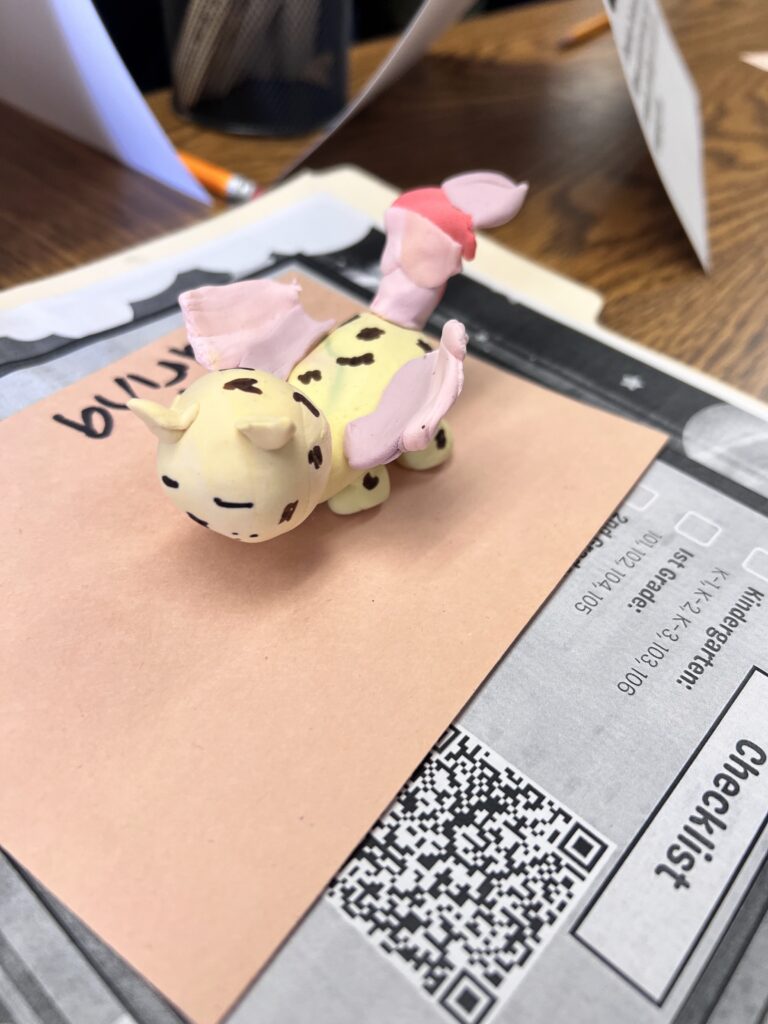
So here’s my challenge for you—pick one of these activities and try it this week. Watch how your students light up when they’re given a real challenge to solve. Because when STEM is engaging, hands-on, and student-driven—it just sticks.
🚀 Ready to bring budget-friendly STEM into your classroom?
You don’t need fancy materials to create powerful STEM learning!
✨ I’ve created a free “STEM on a Dime” Resource List—packed with low-cost STEM ideas, materials, and funding sources. Grab your copy here: STEM on a Dime Resource List
📩 Let’s connect! DM me on Instagram @TheLearningProjectJenn and tell me which budget-friendly STEM challenge you’re trying first! Or better yet send me the photos of your students work and i will share it!
💡 And don’t forget to hit ‘subscribe’ so you don’t miss next week’s episode!
So, here’s the big takeaway—STEM isn’t about expensive materials; it’s about fostering curiosity. It’s about seeing everyday objects as tools for discovery and giving students the freedom to explore, build, and problem-solve in ways that feel meaningful to them.
If you’ve been waiting to dive into STEM because you thought you needed a makerspace, a 3D printer, or a cart full of robotics kits, let this be your sign—you already have everything you need to get started. A stack of paper and some tape? That’s an engineering challenge. Straws and pipe cleaners? That’s a 3D modeling experiment waiting to happen. Even pony beads and dry beans can be used to explore patterns, adaptations, or physics concepts.
And don’t forget—you’re not in this alone. Tap into free resources from online platforms, ask parents to donate recyclables, and reach out to local businesses or libraries. You’d be amazed how many people want to support hands-on learning.
But the most important thing? Start small. Try one low-cost STEM challenge this week. Watch how your students react. Feel the energy shift in your classroom. Notice how their excitement grows when they take ownership of their learning.
Because at the end of the day, STEM isn’t about having all the “right” materials—it’s about creating the right opportunities for kids to think, explore, and innovate.
And I can’t wait to hear how it goes for you!
That’s a wrap for today’s episode—be sure to grab your free “STEM on a Dime” resource list for even more budget-friendly STEM ideas and materials. And if you try one of these challenges, DM me on Instagram @TheLearningProjectJenn—I’d love to hear all about it!
Until next time, keep inspiring curiosity, keep making STEM accessible, and keep proving that hands-on learning doesn’t have to break the bank. 🚀✨